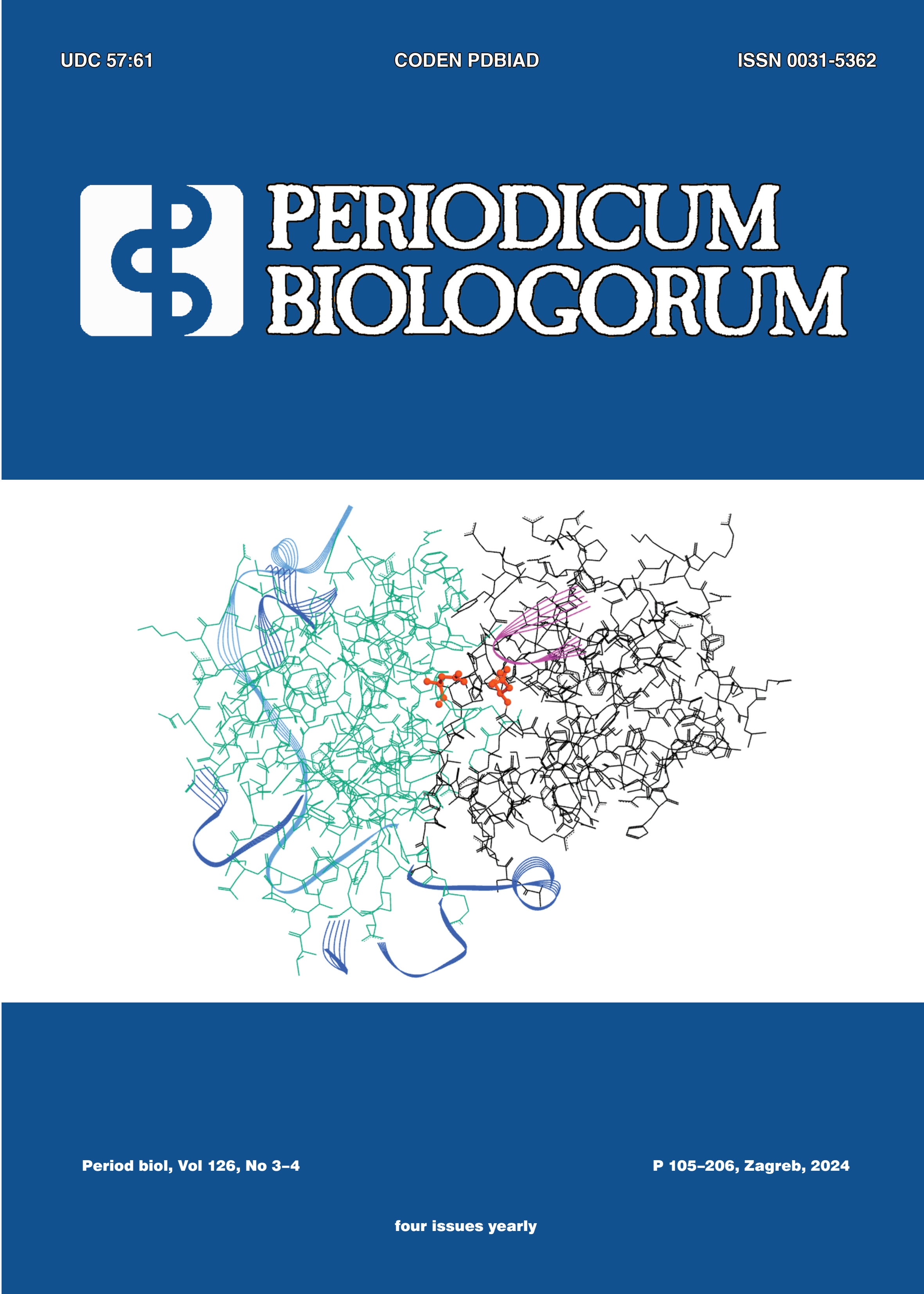Nanobubble technology: An ultrafine solution to emerging challenges in aquaculture
Nanobubble technology in aquaculture
DOI:
https://doi.org/10.18054/pb.v126i3-4.33428Abstract
Aquaculture stands out as a highly promising practice within sustainable agriculture, especially when compared to other livestock production sectors. However, it faces significant challenges, including water pollution, fluctuations in dissolved oxygen levels, and the prevalence of both chronic and acute diseases. To address these issues, researchers in the aquaculture sector have been exploring and implementing innovative solutions. One of the most notable advancements is the use of nanobubble technology, which has already been applied in numerous aquaculture farms to mitigate these challenges. Nanobubbles (NBs) with a diameter of less than 200 nm have shown promising results in improving water quality in aquaculture systems, increasing dissolved oxygen availability, and improving the overall health of cultured organisms. This review will emphasize various practical applications of nanobubble technology in different areas of aquaculture, including their properties and characterization methods, and discuss the hotspots of current research to help shape the future of intensive aquaculture. It will also uncover the nanobubble technology application in water and wastewater treatment processes, such as disinfection, sterilization, and detoxification. Additionally, the review will discuss the application of nanobubble technology in improving the growth performance and health of aquatic organisms, including its roles in aeration, water quality management, nutrient, drug delivery, monitoring, algae control, and functional feeding strategies. However, extensive research and standardization to be optimized for the application of nanobubbles in culture systems to understand their chronic effects on growth and overall production of fishes.
Downloads
Published
Issue
Section
License
The contents of PERIODICUM BIOLOGORUM may be reproduced without permission provided that credit is given to the journal. It is the author’s responsibility to obtain permission to reproduce illustrations, tables, etc. from other publications.


